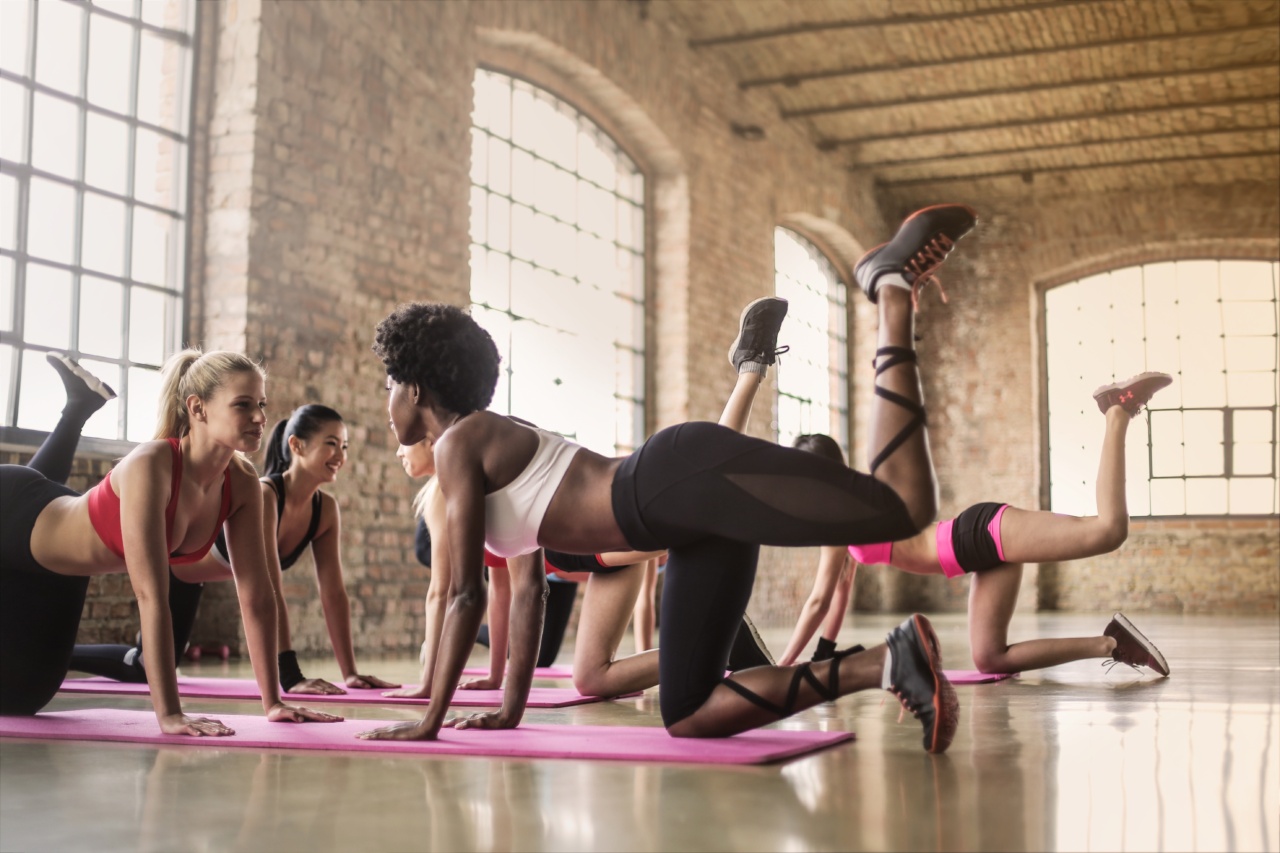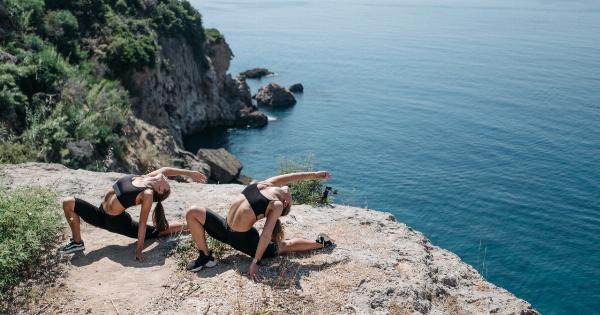Multiple Sclerosis (MS) is a chronic neurological condition that affects the central nervous system. It can cause various symptoms such as fatigue, pain, muscle weakness, and difficulty with balance and coordination.
Although MS can be challenging to manage, physical activity and exercise can help improve overall health and quality of life. However, not all types of activities and workouts are suitable for individuals with MS. In this article, we will discuss some MS-friendly activities and workouts that can help maintain mobility, balance, and strength.
1. Aquatic Exercise
Water-based exercises such as swimming or aqua aerobics are ideal for people with MS. These kinds of activities are low-impact and can help improve balance, flexibility, and coordination.
The buoyancy in the water can also help alleviate symptoms such as pain and stiffness. Working out in the water can reduce the strain on the joints and muscles, making it a great option for people with MS who have mobility issues.
2. Yoga
Yoga is a gentle exercise that can help improve flexibility, balance, and strength. It is also beneficial for reducing stress and anxiety. For people with MS, it is important to choose a yoga practice that is appropriate for their level of ability.
Some poses may be difficult, but with modifications and the use of props, most people with MS can adapt to a yoga routine. Yoga can also be done from the comfort of one’s own home with online classes or videos.
3. Tai Chi
Tai Chi is a form of martial arts that involves slow, fluid movements. It is a low-impact exercise that can help improve balance, coordination, and flexibility. Tai Chi is also beneficial for reducing stress and improving mental clarity.
People with MS can modify the movements according to their level of ability, and the slow, deliberate pace of Tai Chi can be particularly helpful for those with muscle weakness or mobility issues.
4. Resistance Training
Resistance training, also known as strength training, is an essential component of a well-rounded exercise routine. It involves using weights, resistance bands, or bodyweight exercises to build muscle and improve strength.
For people with MS, resistance training can help counteract muscle weakness and improve overall function. It is important to start with light weights or resistance bands and gradually increase intensity over time.
5. Cycling
Cycling is an excellent exercise for people with MS who are able to cycle. It is a low-impact, aerobic activity that can help improve cardiovascular health and muscular endurance.
Cycling can also be done indoors on a stationary bike, making it a useful option for those who are unable to cycle outdoors. Additionally, cycling can be done with a partner or friend, making it a social activity that can help boost mood and motivation.
6. Walking
Walking is a simple, low-impact exercise that almost anyone can do. It can help improve cardiovascular health and boost mood. For people with MS, walking can help maintain mobility and improve balance.
It is important to start with shorter distances and gradually increase the duration and intensity of walking over time.
7. Dancing
Dancing is a fun and social activity that can help improve cardiovascular health, balance, and coordination. It is a low-impact activity that can be modified according to individual ability.
Dancing can also be done in a group or class, making it a social activity that can help boost mood and motivation.
8. Stretching
Stretching is a crucial component of any exercise routine. It can help improve flexibility, reduce muscle tension, and prevent injury. For people with MS, stretching can be particularly beneficial for reducing stiffness and improving range of motion.
It is important to stretch before and after exercise, as well as throughout the day to maintain flexibility.
9. Pilates
Pilates is a low-impact exercise that can help improve strength and flexibility. It involves a series of movements that focus on core strength, alignment, and balance.
Pilates can be modified according to individual ability, making it suitable for people with MS. It is also a form of exercise that can be done from home with online classes or videos.
10. Balance Training
Balance training is a type of exercise that focuses on improving balance and coordination. For people with MS, balance training can help reduce falls and improve overall function.
It can involve simple exercises such as standing on one leg or more complex movements such as using a balance board or ball. It can be done at home without any special equipment.
Conclusion
People with MS can benefit from physical activity and exercise. It is important to choose activities that are suitable for individual ability and symptoms.
The activities listed above are some of the MS-friendly activities and workouts that can help maintain mobility, balance, and strength. It is important to consult with a healthcare provider before starting any exercise routine.































